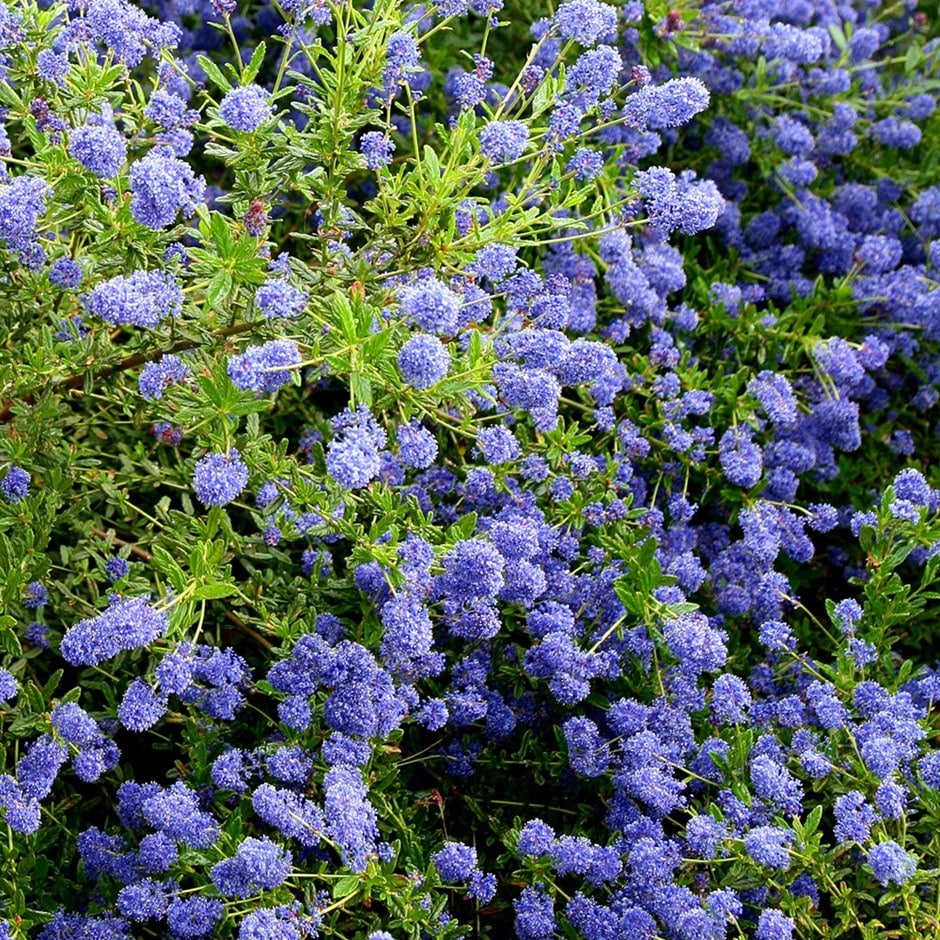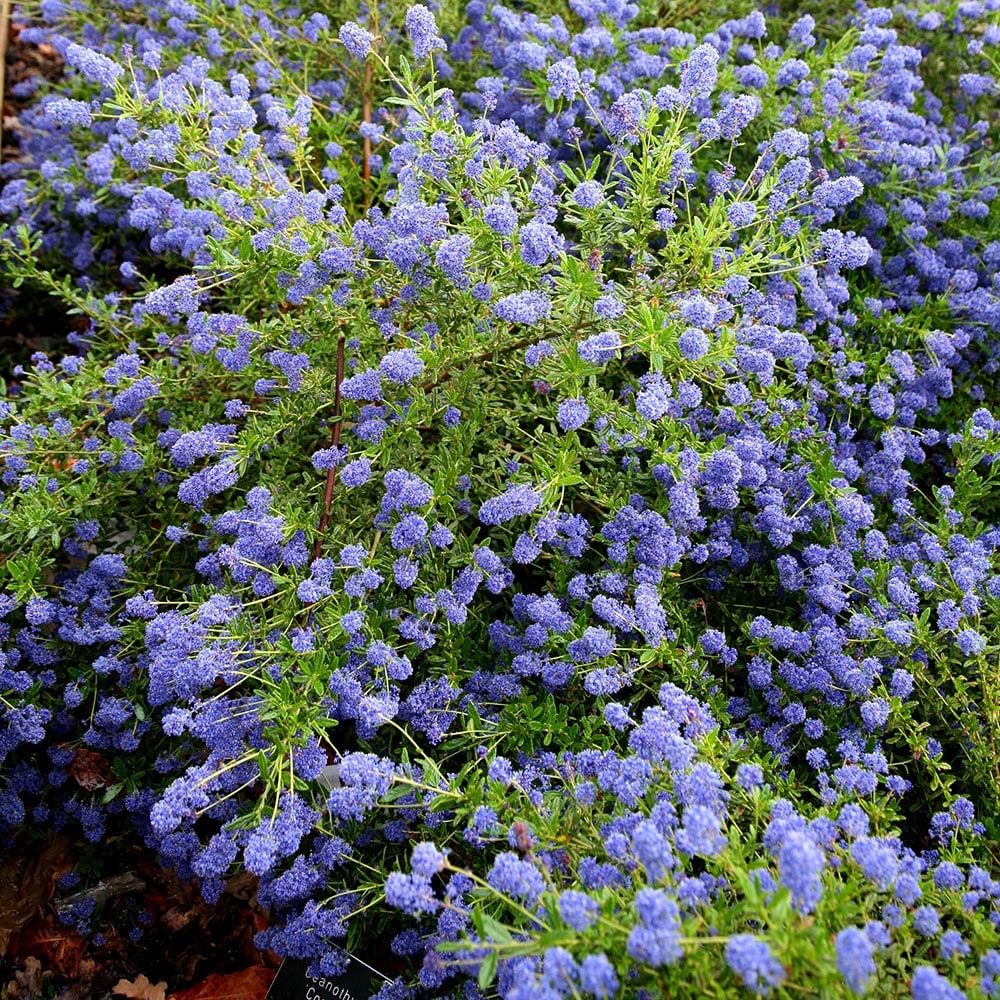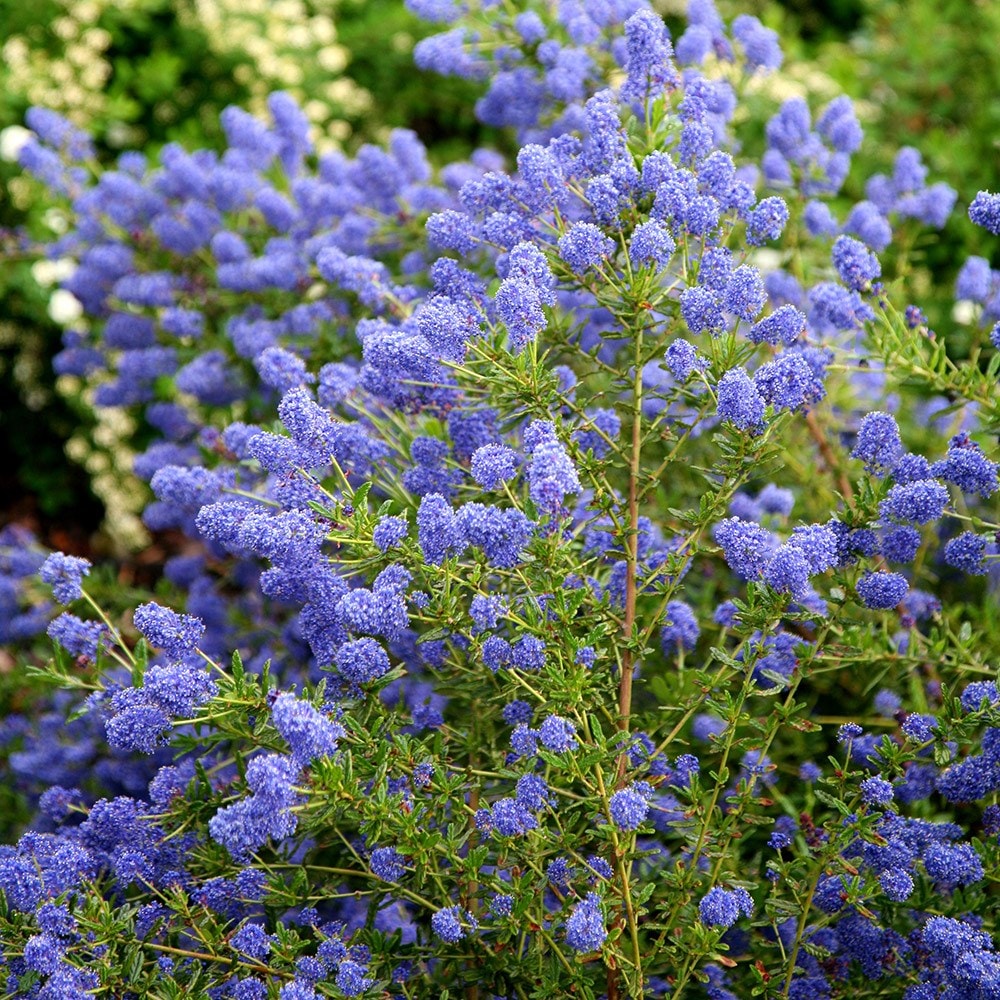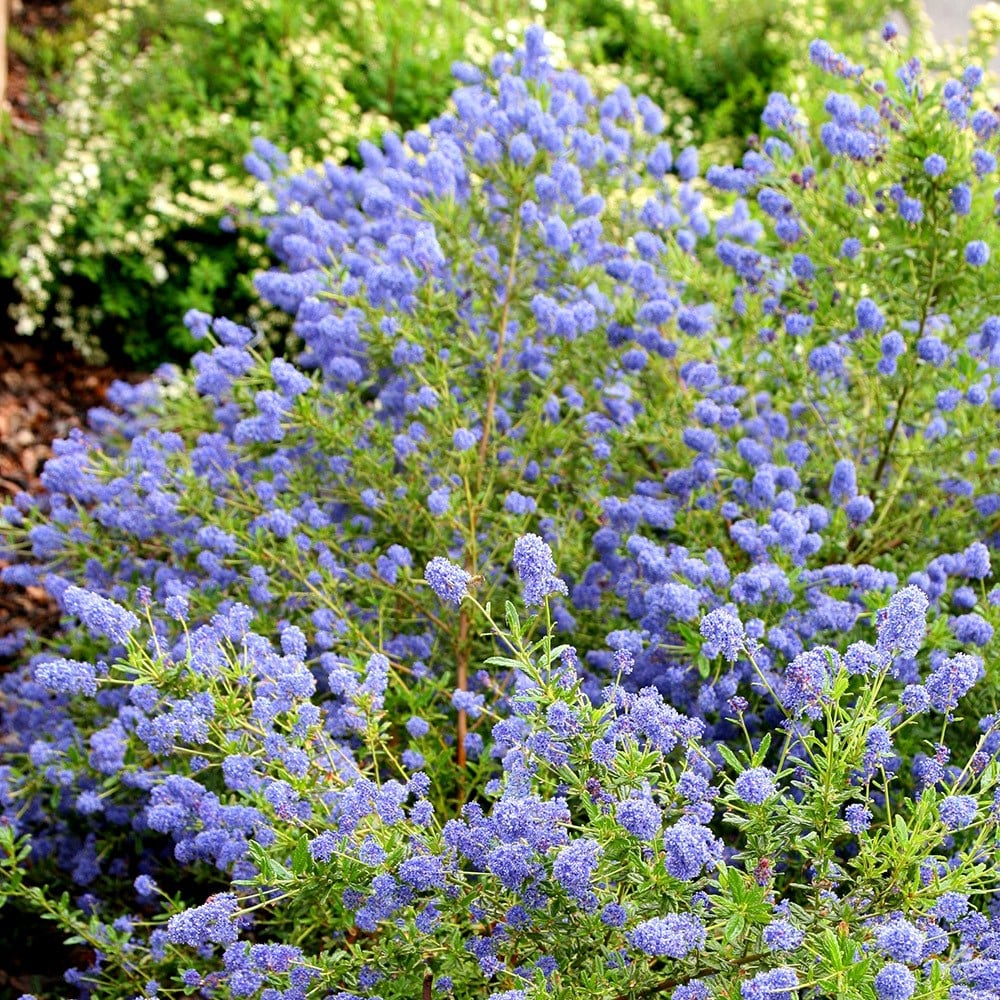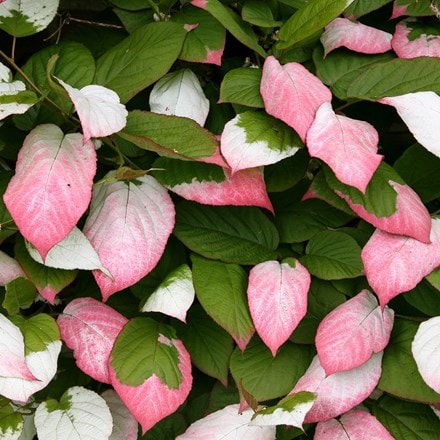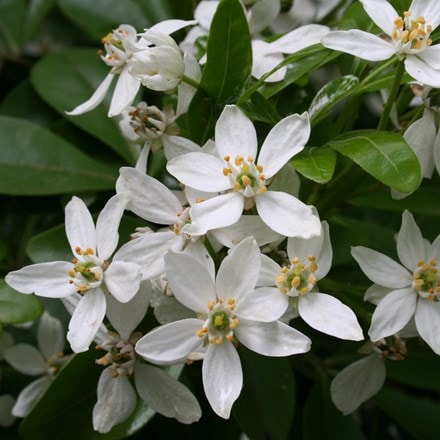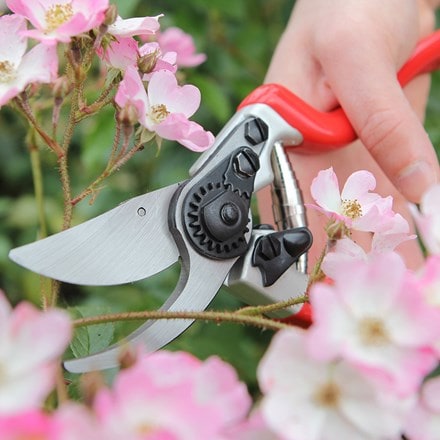Ceanothus 'Concha'
Californian lilac
In late spring, this dense, evergreen shrub produces dazzling spheres of tiny dark blue flowers on arching branches among small, glossy,...
GOES WELL WITH
Large Flowered Clematis

It is difficult not to get excited about this fabulous group of plants. Their big, bold, brightly coloured flowers, coupled with their versatile growth habits, make this one of the most popular plant groups of all time. There is no secret to their success
Read full articleHow to create a wildlife-friendly garden
Wildlife-friendly gardens are not only more interesting as you can watch all the comings and goings, but they are often more productive as many creatures will help increase pollination. Garden ponds act as a magnet to dragonflies and damsel flies, along w
Read full articleProtecting tender plants
February, March and sometimes even April, can be the coldest months of the year and many plants can be severely damaged by late frosts that kills any new growth that might have begun to emerge. The best way to protect tender, wall shrubs such as ceanothus
Read full articleLow maintenance plants for a sunny garden
We all want a lovely garden but sometimes we are too busy with work and family, or we simply don’t have the inclination to garden incessantly, so the trick is to choose low maintenance plants such as easy shrubs and then to underplant them with ground cov
Read full article


